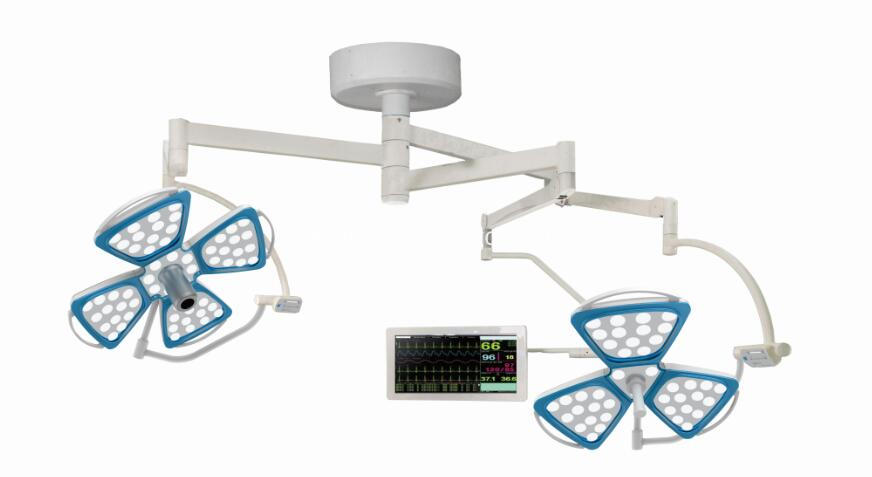Symptoms are also called sclerotia. Infection of seedlings, adult stems, leaves, pods, etc. Seedlings at the beginning of the disease appeared reddish-brown lesions on the stem, lower leaves and main veins, and then became wet and soft. The whole plant withered and withered. The diseased stem lesions in the growing period are oval-shaped, light brown, and there are dark brown lines at the junction of disease and health. The lesions are brown on the leaves, irregularly shaped, and when the humidity is high, white flocculent mycelium is produced in the diseased part. Later in the diseased plant pods and pith produced black murine sclerotia nucleus.
The pathogen Sclerotinia scoerotiorum (Lib.) de Bary is called Sclerotinia sclerotiorum, belonging to the genus Ascomycete. The sclerotia is nearly spherical to bean-shaped and mouse-like, 1-10 mm in diameter. The epidermis is black, and the interior is gray-white, with 4-5 apomictic discs resulting from germination. Ascus disc cup-shaped, pale reddish brown, diameter 0.5-11mm. Ascoses cylindrical, size 114-1608.2-11 (μm). Ascospores are elliptic or fusiform, size 8-134-8 (μm), colorless, unit cells, with oil spheres at both ends.
Transmission routes and pathogenic conditions The pathogens are transmitted from sick soil, diseased bodies, and sclerotia mixed with seeds. When the conditions are appropriate for the following year, ascospore, ascospores, and ascospores are produced. Ascospores are harmed by the wind. The bacteria is suitable for damp and cool climates, with an onset temperature limit of 5-20°C and an optimum temperature of 15°C. The sclerotium survives for more than 3 years under dry conditions and only 1 year for wet conditions. Above 85% relative humidity, ascospores can germinate. The bacteria can infect many kinds of vegetable crops such as canola other than tobacco, so it can cause serious diseases with crops such as rape and cabbage. Contaminated manure is applied to close the tobacco field, poor drainage and high humidity in the field are prone to S. sclerotiorum.
Prevention methods (1) Anti-(endurance) disease early-maturing varieties should be selected according to local conditions. (2) Crop rotation with 2-3 years or crop rotation. The sclerotia mixed in the tobacco seeds were removed and the sclerotia were removed with a sieve with a mesh diameter of 0.5 mm before sowing. (3) Suitable for early planting or high ridge cultivation. Apply adequately cooked organic fertilizer. Reasonable dense planting, more cultivator, reduce the humidity in the field. Pay attention to the drainage work in the wetlands. (4) At the beginning of the disease, the individual smokers were removed and the diseased cavities were sterilized with lime powder. Also available are 40% Sclerot® WWP 1000-1500x or 50% Skofon WP 1500-2000x, 50% Propranone WP 1000x, 70% Thiophanate or 50% carbendazim WP 800-1000 times, spraying tobacco plant rhizomes and surrounding soil surface, once every 10 days, and even prevent 3-4 times.
Same as round type LED Surgical Lamp, the flower type operating lamp also can add camera system, the camera system can choose SD or HD, depends on hospital requirment, even though single dome or double dome, both can add camera system, can choose camera built in or built out. The camera system is Sony brand, we have use it for many years, the system is stable. as recording and teaching is part of Cuntinous Medical Education (C.M.E) within and outside the O.R/ Hospital, our solution is to achieve both. The image resolution of full HD medical grade digital camera can be as high as 1920*1080 pixels.

Camera Surgical Lamp,Camera Operation Lamp,Camera Surgery Lamp,Camera Operating Light
Shandong Lewin Medical Equipment Co., Ltd. , https://www.lewinmed.com